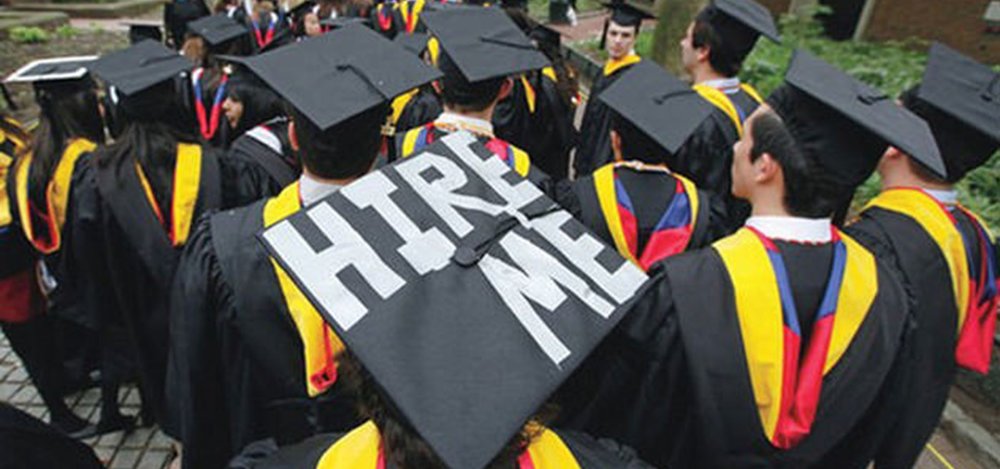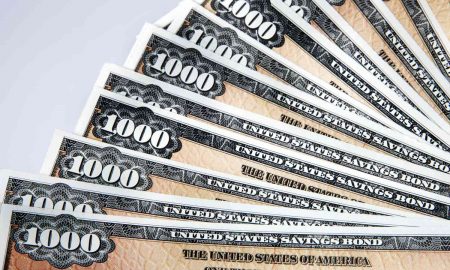
Why Is The Student Loan Crisis Worse Than It’s Believed?


The Student Loan Crisis Has Expanded Rapidly Over The Last Two Decades.
The student loan crisis has been discussed quite frequently and people involved in the discussions have focused on the rapid expansion of the debt which is outstanding. Instances have been observed when people have commented that student loans have exceeded credit card debt in 2010 along with auto loans in 2011 to surpass the $1 trillion mark in 2012. Why is the student loan crisis assuming alarming proportions?
On most occasions, people are speaking about the student loan crisis but are frequently avoiding the subject of the impact of the debt on students that are required to borrow money in order to finance their college education. Over the last two decades, the average student loan debt at the time of graduation has been growing unabated. About 50% of bachelors degree recipients had an outstanding debt of just over $10,000 in 93-94. Presently in excess of 66% of college students are graduating with debts in the region of $35,000 clearly indicating that the figure has tripled over the last two decades.
Why Are Students Forced To Fall into The Trap of The Student Loan Crisis?

Higher Costs of Education And Falling Family Incomes Contributing To the Student Loan Crisis.
The answer to this question is rather simple because the student loan crisis is gaining alarming proportions. The grants from the government and support for the education of the postsecondary version is not in line with the higher costs involved with a college education. The higher costs of postsecondary education have brought into contention the requirement of bearing the burden of paying for college to the families of the students rather than keeping the costs with the federal and state governments. The government is no longer contributing its fair share towards the costs of a college education despite the prospect of getting a huge increase in the revenue from income tax from college graduates.
To compound the matter even further family incomes have been sliding ever since 2000 leaving students with no options but to borrow more money for a college education or choose to enroll in low-cost institutions. This has had an effect and has possibly led to a decline in bachelors degrees among students especially in the low and moderate income categories. Students that do not have a bachelors degree from a reputed institution are also required to face difficulties of other types which affect their career and make it difficult for them to repay their sizable debts.
Difficulties Faced by Students Affected by The Student Loan Crisis

Students Working On Multiple Jobs or Accepting Low-Paid Jobs To Make Ends Meet.
Getting rid of the financial burden is not the only hurdle faced by students who fail to achieve a bachelors degree because of financial constraints. They are also required to counter difficulties when searching for jobs because they are often offered lesser wages as compared to their counterparts that hold bachelors degrees. The difference in the wages being offered can be as high as $15,000 and could contribute to their delay in making repayments of their student loan debt. The number of college graduates presently graduating with excessive debt is estimated at 16.7%. Some observers have mentioned that the figure is not a proper representation and should be in the region of 27.2%.
The Student Loan Crisis Is Leaving A Lasting Impact On Students Lives

Student Loan Crisis Is Delaying Major Life Events.
Financial worries are not the only concerns facing students that are graduating from college with excessive debt. Nearly 10% of the students are likely to delay major events in their lives such as purchasing a home, getting married or having the family. Approximately 20% of the students have mentioned that the student loan crisis affected their employment plans and forced them into accepting jobs beyond the field of education they had attained. Many are even required to work extra hours than they desire or even hold multiple jobs to make ends meet.
Students are slowly but definitely developing the impression that their undergraduate education was unworthy of the financial costs which they had to incur. The student loan crisis discussed in this article is only talking about the cost of bachelors degrees and the debt associated. We have not discussed the kind of debts students are required to incur to obtain associate degrees, certificates and professional or graduate school degrees. The studies to analyze the costs associated with these courses are just not available. The financial impact of the student loan crisis is even worse on students that drop out of college because they are in every likelihood prospects of defaulting on their loans.
Actions The Authorities Must Contemplate
Initially, the authorities must contemplate increasing national awareness of college spending in order to exercise restraint. The federal government, colleges, and universities must begin tracking the number of graduates that are walking out with excessive debt. Tools to limit borrowing from students must also be given to colleges. Most importantly, students that enroll for half-time courses should be restricted from borrowing a similar amount of money as students that are enrolling for full-time courses.
Colleges must also take the lead to help students understand the debt they are incurring by making a clear distinction between grants and loans especially in the letters they send out offering financial aid awards. These steps are necessary if a semblance of control has to be gained on the student loan crisis.
More in Financial Adviser
-
Brewing Controversy: Unraveling the Bud Light Boycott
In a world fueled by opinions, the recent Bud Light boycott has stirred quite the commotion. It’s not your typical tale...
December 7, 2023 -
How LVMH Became a $500 Billion Luxury Empire
LVMH Moët Hennessy Louis Vuitton is a name synonymous with luxury and opulence. The brand has crafted not just products but...
December 2, 2023 -
Women Spend 20% More Per Year on Out-of-Pocket Health Costs
A recent report from Deloitte has brought to light a concerning issue in the world of healthcare – women spend a...
November 24, 2023 -
How Sound Baths Can Soothe Your Mind, Body and Soul
Have you ever been so caught up in a song that you felt the world melt away? Music, in its many...
November 18, 2023 -
What to Know Before Rebalancing Your Investment Portfolio
Managing an investment portfolio is akin to steering a ship through ever-changing waters. Periodic adjustments are necessary to ensure you stay...
November 11, 2023 -
Jeff Bezos and Fiancée Lauren Sánchez’s Extravagant $500 Million Superyacht
Get ready to set sail on a journey into the opulent world of Amazon founder Jeff Bezos and his fiancée Lauren...
October 31, 2023 -
How to File Your Taxes: A Comprehensive Guide
Filing your taxes can be daunting, but with the right knowledge and preparation, it doesn’t have to be overwhelming. Taxes are...
October 26, 2023 -
Make Your Kids Mini Master Chefs | Here’s How
For many of us, the kitchen is the heart of our homes – a place where magic happens, one dish at...
October 19, 2023 -
Deciphering Stock Market Sell Signals
In the fast-paced world of stock trading, understanding when to sell your investments is just as crucial as knowing when to...
October 12, 2023















You must be logged in to post a comment Login